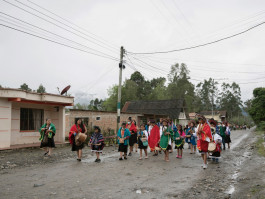
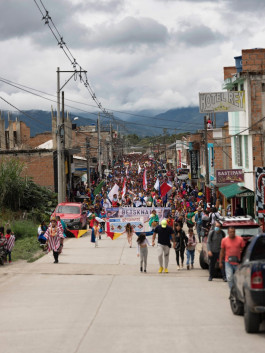
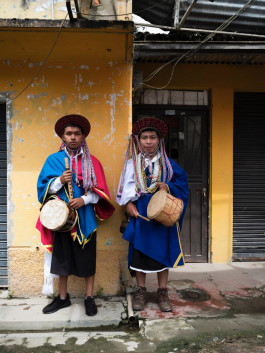
Bëtsknaté
The decades-long tradition of Bëtsknaté, the Festival of Forgiveness, is celebrated every year in February before Ash Wednesday in the Sibundoy Valley, located in the Colombian Massif in the southwest of the Putumayo Department. In 2012, Bëtsknaté was declared an Intangible Cultural Heritage of the Nation.
More than a festivity, it is a ritual of gratitude and renewal — a way of acknowledging the cycles of the Earth, the need for reconciliation, and the resilience of indigenous memory.
According to legend, Betiyeguagua, the Son of the Tree, was punished by Mother Earth after drying the lagoon of the Sibundoy Valley. Sent to Cerro de Patascoy, he returned with the gifts of dance, song, and color. His return marked the beginning of Bëtsknaté — the celebration of forgiveness.
For decades, the Kamëntsá and Inga peoples of the Sibundoy Valley were stripped of their languages and ceremonies. The Church and non-Indigenous settlers ridiculed and suppressed their culture until it nearly disappeared. In recent years, however, a profound revitalization has begun. Young generations are reclaiming what was silenced — through powerful dances, ancestral songs, and collective remembering.
Today, intercultural schools teach the Kamëntsá and Inga languages, music, and traditional crafts. Yet despite national recognition, their ancestral medicine and spiritual practices remain largely unsupported by the state. Bëtsknaté persists — as a dance of resistance, healing, and memory.
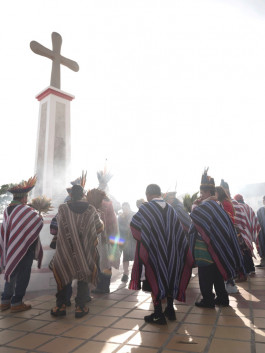
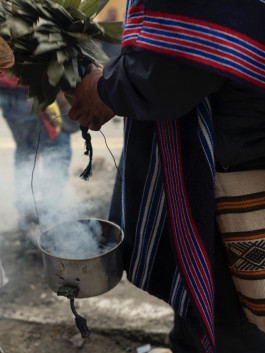
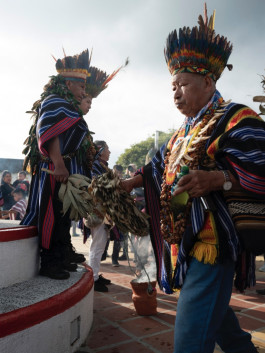
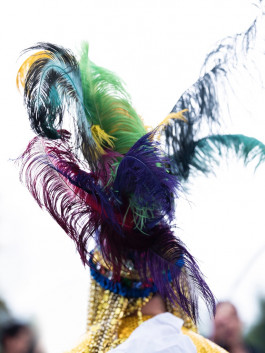
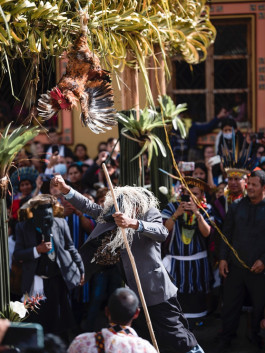
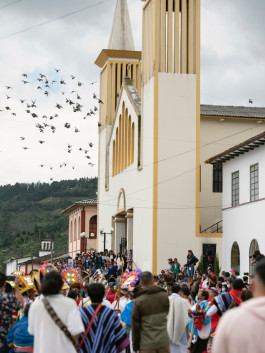
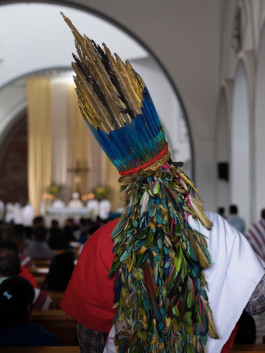
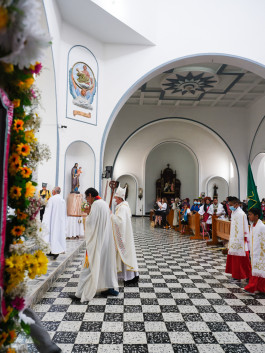
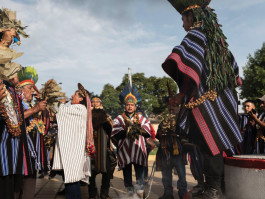
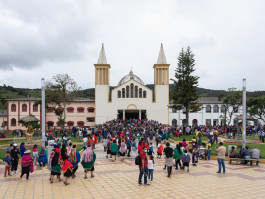
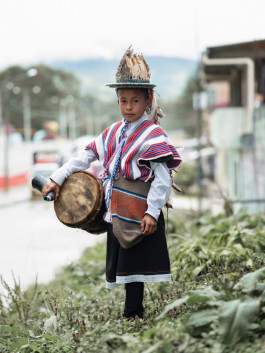
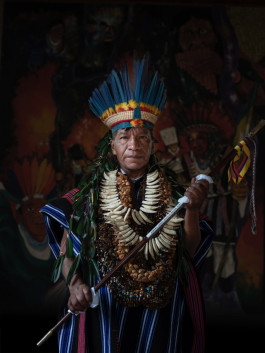
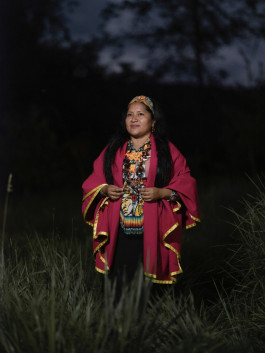
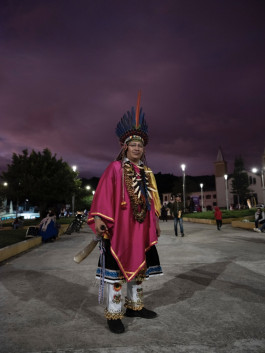
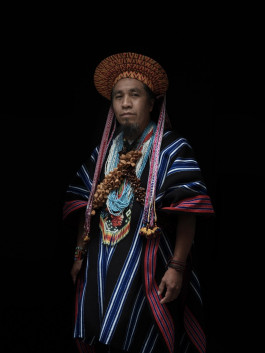
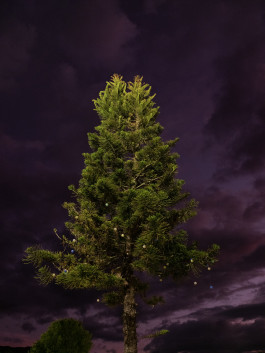





Bëtsknaté
The decades-long tradition of Bëtsknaté, the Festival of Forgiveness, is celebrated every year in February before Ash Wednesday in the Sibundoy Valley, located in the Colombian Massif in the southwest of the Putumayo Department. In 2012, Bëtsknaté was declared an Intangible Cultural Heritage of the Nation.
More than a festivity, it is a ritual of gratitude and renewal — a way of acknowledging the cycles of the Earth, the need for reconciliation, and the resilience of indigenous memory.
According to legend, Betiyeguagua, the Son of the Tree, was punished by Mother Earth after drying the lagoon of the Sibundoy Valley. Sent to Cerro de Patascoy, he returned with the gifts of dance, song, and color. His return marked the beginning of Bëtsknaté — the celebration of forgiveness.
For decades, the Kamëntsá and Inga peoples of the Sibundoy Valley were stripped of their languages and ceremonies. The Church and non-Indigenous settlers ridiculed and suppressed their culture until it nearly disappeared. In recent years, however, a profound revitalization has begun. Young generations are reclaiming what was silenced — through powerful dances, ancestral songs, and collective remembering.
Today, intercultural schools teach the Kamëntsá and Inga languages, music, and traditional crafts. Yet despite national recognition, their ancestral medicine and spiritual practices remain largely unsupported by the state. Bëtsknaté persists — as a dance of resistance, healing, and memory.














mail@mirellafrangella.com +49 (0)152 3456 5620
Impressum und Datenschutz